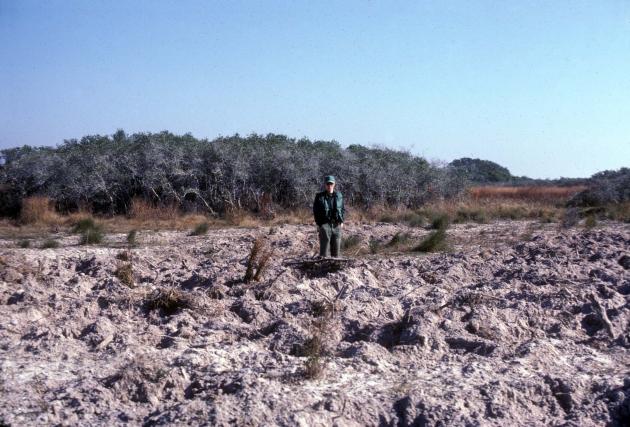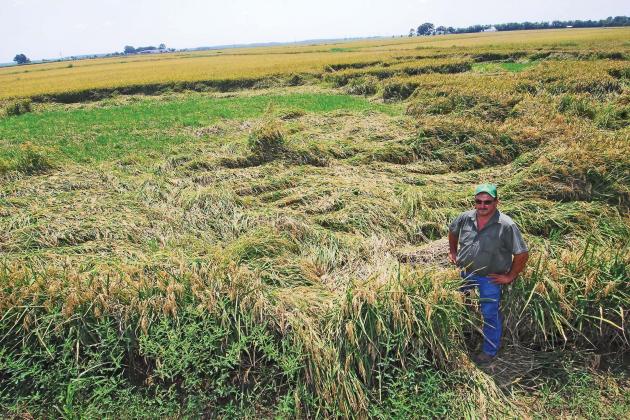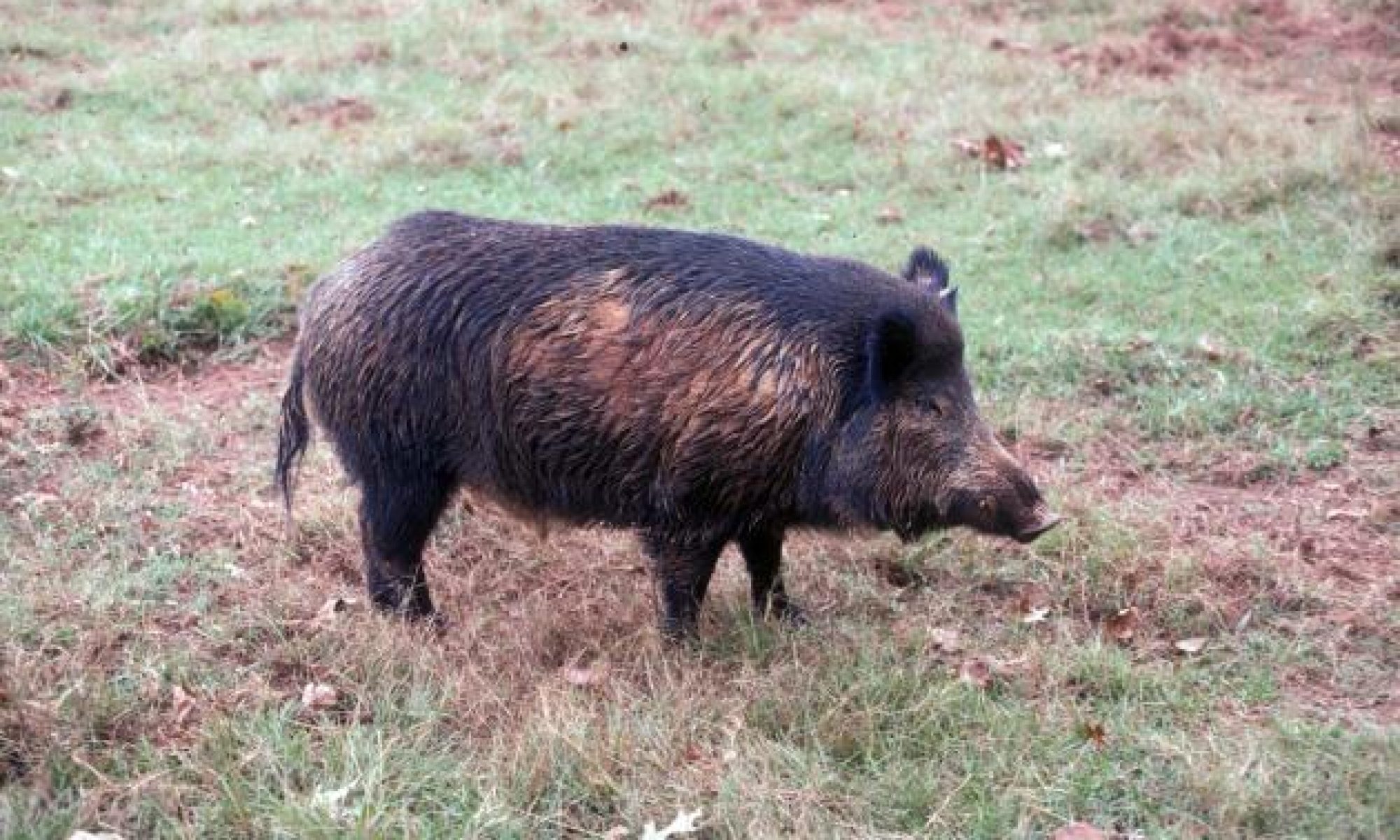Feral hogs will rub on trees, fence posts, utility poles, and other objects in an effort to control external parasites. These are called rubs and are not breeding or territory related. Sometimes rubs are also used to simply scratch an itch. …
…
Impact of Feral Hogs on Quail and Wild Turkey Populations

Figure 1. Feral hog consuming wild turkey eggs (photo by Dr. Brett Collier).
Feral hogs are often thought of as competitors with native wildlife. Sometimes they cross over from competitor to predator. Feral hogs are opportunistic omnivores, which means that they will consume whatever food source is available, including meat and eggs. The eggs of ground-nesting birds, such as Northern bobwhite and wild turkey are particularly easy for them to consume, given their proximity to the ground (Fig. 1).…
Quick Facts on Feral Hogs
Feral hog numbers are on the rise in the United States. Likewise the problems they cause are also growing. With attention on this invasive species, many myths are circulating about feral hog history, distribution, biology, and damage. The following bullets will help get the facts straight.
History and Distribution
- Swine were domesticated thousands of years ago from wild stock in Europe and Asia.
- Swine were first introduced to North America by Spanish explorers.
- Confined and/or free-ranging domestic swine escaped from
Vehicle Collisions with Feral Hogs
Feral Hogs versus Vehicles
Vehicle collisions with feral hogs (also called wild hogs and wild pigs; Sus scrofa) are known to occur in the United States. As the population size of these animals increases, the frequency of feral hog-vehicle collisions increases concurrently. In some locations of high incidence for these accidents, feral hog crossing signs have been erected to warn motorists (Fig. 1). In general, feral hogs are large animals (for example, 200+ lb) with a relatively low center …
Nuisance Problems with Feral Hogs
Although feral hogs (also called wild hogs and wild pigs; Sus scrofa) are a big game resource in the United States, these non-native animals are almost always classified as an undesirable invasive species. Feral hogs cause a large variety of damage to natural and man-made environments. Economic losses from feral hogs to agricultural resources, including cost of feral hog control, is an estimated $1.5 billion annually in the United States (Pimentel 2007). Feral hogs are one …
Rooting Behavior of Feral Hogs

Figure 1. This field was rooted up by feral hogs. Photo courtesy of Jack Mayer.
Characteristics of Rooting Behavior
One of the more destructive habits of feral hogs is their rooting behavior. Feral hogs root to obtain food. Rooting breaks up and loosens the surface and near-surface layers of the soil column. Rooting behavior varies significantly between locations and habitats, depending on size and depth of area uprooted (Fig. 1). It can differ from shallow disturbance or …
Feral Hogs and Agricultural Crops

Figure 1. Farmer in a millet field where feral hogs have caused problems. Photo courtesy of Jack Mayer.
Agricultural Crop Depredation
Feral hogs can cause very costly damage to almost any commercial crop. In the United States, this damage equates to millions of dollars in losses annually. Most damage is from feeding, chewing, trampling, or rooting by foraging hogs (Fig. 1). Some studies indicate the majority of damage in agriculture fields is from trampling, with only 5-10% due to …
Feral Hogs in Your Backyard

Figure 1. Locations of municipalities in the United States that have reported problems with feral hogs in suburban and urban areas since 2000. Illustration courtesy of Jack Mayer.
Since 2000, feral hogs (also called wild hog and wild pig; Sus scrofa) have started showing up in numerous suburban and urban neighborhoods across the United States (Fig. 1). Prior to that time, such appearances by these animals in developed areas had been a very rare event. In fact, such recently …
Feral Hog Damage to Trees and Forests

Figure 1. Feral hogs girdled and killed this pine tree by using it as a rubbing post. Photo courtesy of Jack Mayer.
Feral hogs severely effect trees and timber resources in several ways:
- rubbing and girdling mature trees (Fig. 1)
- rooting and chewing lateral roots of mature trees
- “tusking” or scent marking with the tusk glands, which damages tree bark
- disturbance of planted seedlings
Damage to planted seedlings is the most widespread and costly forest damage by feral hogs. …
How do invasive species cause harm?
Invasive species can cause harm in so many different ways that it isn’t practical to cover them all here. So, below is just a sample to give you an idea of how pervasive this problem is. Many of these changes are things you can see happening around you.
When a non-native species is introduced into a new environment it is freed from the natural predators, parasites, or competitors from its native habitat. This gives an advantage to non-native species competing …
